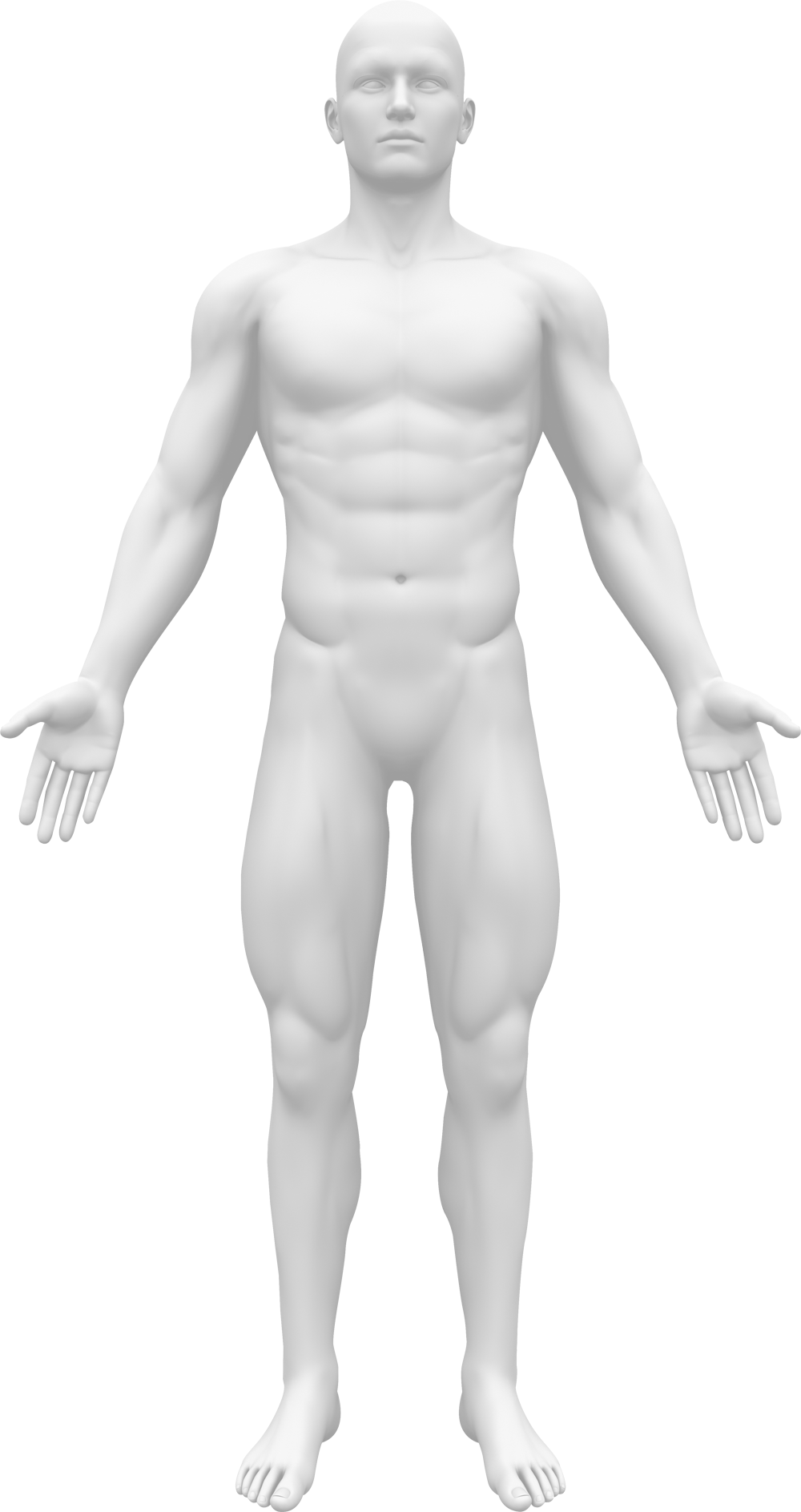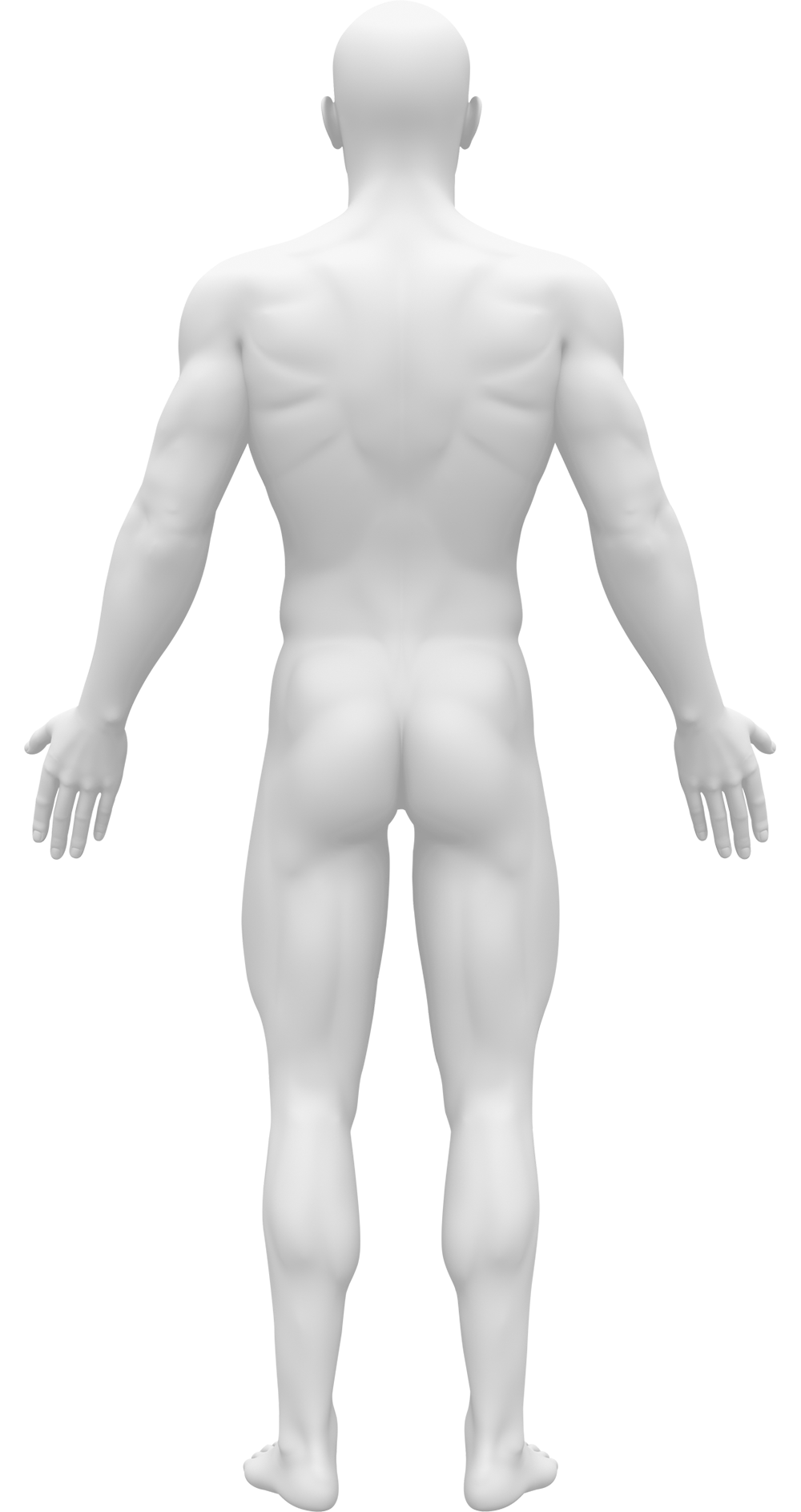티스토리 뷰
웨이트 트레이닝과 떼어놓을 수 없는 단백질 보충제, BCAA 어떻게 활용할 수 있을까?
BCAA?
간략하게 말하자면 BCAA, Branched amino acid는 발린, 류신, 이소류신 3 가지로 이루어져있으며 말 그대로 아미노산이다 그리고 다양한 아미노산의 종류가 있지만 그 중에서도 체내에서 합성되지 않으며, 흡수를 통해서만 보충이 이루어지는 필수 아미노산의 한 종류이다.
(즉, 다른 단백질과는 다르게 오직 섭취를 해야만 공급이 가능한 단백질!)
BCAA의 실체
현재 BCAA는 다음과 같은 효능을 가지고 있다고 알려져있다.
근육의 성장을 도와준다.
결론부터 말하자면 BCAA는 근육의 성장을 도와주는 것은 맞다. 그렇지만 이는 BCAA를 제외하고 일반 식단만을 한 사람과 비교하였을 때이다. 그리고 BCAA 섭취를 통한 근성장은 단백질 보충제를 섭취한 사람과 비교하였을 때에 현저하게 적은 근성장을 보였다. BCAA를 구입하는 사람의 대부분이 단백질 보충제를 이미 복용 중이라는 것을 감안한다면, 그리고 단백질 보충제에 이미 필요량의 BCAA의 필요량이 함유되어있다는 것을 감안한다면 이러한 결과는 BCAA의 필요성에 대해서 조금 더 생각해봐야 할 것이다.
▶ 근성장적인 면에서는 BCAA의 효율은 단백질 보충제보다 낮으며, 낮은 효율 조차도 일반적인 식단을 통해서 충분히 얻을 수 있는 효율이다.
근 손실의 방지
논문에서는 다음과 같은 대상에게서 BCAA를 보충하였을 때에 근 손실이 방지된다는 것을 보여주었는데 이는 고령 (노인) 이거나, 박테리아 즉 세균에 의한 감염 상태가 지속되거나 자주 감염되는 사람들 혹은 암 환자들에게서 BCAA의 보충을 통한 근 손실 방지의 이점을 찾을 수 있었다. 즉 본인이 위에 해당한다면 근 손실의 방지를 위해서 BCAA를 먹으면 좋겠지만 그 이전에 전문의 및 의료진과의 상담이 먼저 필요하다고 생각된다.
▶ 근손실적인 면에서 BCAA는 심각한 질병이나 몸상태에 해당되는 경우에만 도움이 된다.
근육통 및 근육의 피로도 감소
운동을 하던 중에 갑작스럽게 체력이 딸린다는 생각이 들거나, 전날의 운동으로 인해서 피로감을 느껴서 운동이 잘 안된다고 느낄 때가 있다. 이는 웨이트 트레이닝을 할 때 우리 몸의 BCAA 수치가 떨어지는데 이는 뇌의 Serotonin 분비를 상승시키며 운동 도중에 피로감을 느끼게 하는 원인이다. 즉 본인이 운동을 하는 중에 자주 지치거나, 혹은 오버트레이닝 등으로 인해서 근육통이 심하여 이를 줄이고자 한다면 운동 중에 BCAA의 복용은 추천될 수 있다.
▶ 근육통, 피로도적인 면에서 BCAA는 도움이 된다.
(단, 운동 중 피로도를 느끼거나, 근육통을 자주 느끼는 게 아니라면 별 도움이 되지 않는다.)
그렇다면 어떻게 BCAA를 효과적으로 섭취할 수 있을까?
BCAA를 구매하기 전에 이걸 참고해 보자.
(각 제품에 해당되는 BCAA 수치)
100g 닭가슴살 => 5.88 grams Whey protein 1 스쿱 => 5.5 grams
즉 하루에 닭가슴살 100g을 하루 3번 섭취하며, 운동후에 단백질 보충제를 섭취하는 사람의 경우에는 대략 23g의 BCAA를 섭취하게 된다. 물론 일반적인 식단을 겸한다면 23g 이상의 BCAA를 섭취하게된다.
BCAA의 최소 권장량이 남자의 경우에 12 g/day, 여성의 경우에는 9 g/day인 점을 감안하였을 때
이는 남성의 경우에 2배, 여성의 경우에는 2배 이상의 수치라고 볼 수 있다.
즉 BCAA는 아래에 해당되는 사람에게 효과적이다.
▶ 고단백 식단을 하지 않는 사람. (고단백 위주의 식단이 아니라면 BCAA 권장량만큼 섭취하지 못 할수도 있다.)
▶ 운동 도중 피곤함을 느끼거나, 운동 후 근육통을 많이 느끼는 사람 (특히 잦은 오버트레이닝)
(이는 고단백 식단을 하는 것과는 별개로, 이러한 증상을 느끼는 사람들에게는 BCAA의 섭취가 효과적이다.)
참고 문헌
Jackman, S. R., Witard, O. C., Philp, A., Wallis, G. A., Baar, K., & Tipton, K. D. (2017). Branched-chain amino acid ingestion stimulates muscle myofibrillar protein synthesis following resistance exercise in humans. Frontiers in physiology, 8, 390.
Churchward‐Venne, T. A., Burd, N. A., Mitchell, C. J., West, D. W., Philp, A., Marcotte, G. R., ... & Phillips, S. M. (2012). Supplementation of a suboptimal protein dose with leucine or essential amino acids: effects on myofibrillar protein synthesis at rest and following resistance exercise in men. The Journal of physiology, 590(11), 2751-2765.
Witard, O. C., Jackman, S. R., Breen, L., Smith, K., Selby, A., & Tipton, K. D. (2013). Myofibrillar muscle protein synthesis rates subsequent to a meal in response to increasing doses of whey protein at rest and after resistance exercise–. The American journal of clinical nutrition, 99(1), 86-95.
Aguiar, A. F., Grala, A. P., da Silva, R. A., Soares-Caldeira, L. F., Pacagnelli, F. L., Ribeiro, A. S., ... & Balvedi, M. C. W. (2017). Free leucine supplementation during an 8-week resistance training program does not increase muscle mass and strength in untrained young adult subjects. Amino acids, 49(7), 1255-1262.
Moberg, M., Apró, W., Ekblom, B., Van Hall, G., Holmberg, H. C., & Blomstrand, E. (2016). Activation of mTORC1 by leucine is potentiated by branched-chain amino acids and even more so by essential amino acids following resistance exercise. American Journal of Physiology-Cell Physiology, 310(11), C874-C884.
Costello, J. T., Baker, P. R., Minett, G. M., Bieuzen, F., Stewart, I. B., & Bleakley, C. (2015). Whole‐body cryotherapy (extreme cold air exposure) for preventing and treating muscle soreness after exercise in adults. Cochrane Database of Systematic Reviews, (9).
Shimomura, Y., Inaguma, A., Watanabe, S., Yamamoto, Y., Muramatsu, Y., Bajotto, G., ... & Mawatari, K. (2010). Branched-chain amino acid supplementation before squat exercise and delayed-onset muscle soreness. International journal of sport nutrition and exercise metabolism, 20(3), 236-244.
Choi, S., DiSilvio, B., Fernstrom, M. H., & Fernstrom, J. D. (2013). Oral branched-chain amino acid supplements that reduce brain serotonin during exercise in rats also lower brain catecholamines. Amino acids, 45(5), 1133-1142.
Newsholme, E. A., & Blomstrand, E. (2006). Branched-chain amino acids and central fatigue. The Journal of nutrition, 136(1), 274S-276S.
Meeusen, R., Watson, P., Hasegawa, H., Roelands, B., & Piacentini, M. F. (2006). Central fatigue. Sports Medicine, 36(10), 881-909.
Shimomura, Y., Murakami, T., Nakai, N., Nagasaki, M., & Harris, R. A. (2004). Exercise promotes BCAA catabolism: effects of BCAA supplementation on skeletal muscle during exercise. The Journal of nutrition, 134(6), 1583S-1587S.
Eley, H. L., Russell, S. T., & Tisdale, M. J. (2007). Effect of branched-chain amino acids on muscle atrophy in cancer cachexia. Biochemical Journal, 407(1), 113-120.
Louard, R. J., Barrett, E. J., & Gelfand, R. A. (1990). Effect of infused branched-chain amino acids on muscle and whole-body amino acid metabolism in man. Clinical science, 79(5), 457-466.
Busquets, S., Alvarez, B., Llovera, M., Agell, N., López‐Soriano, F. J., & Argilés, J. M. (2000). Branched‐chain amino acids inhibit proteolysis in rat skeletal muscle: mechanisms involved. Journal of cellular physiology, 184(3), 380-384.
Pencharz, P. B., Elango, R., & Ball, R. O. (2012). Determination of the Tolerable Upper Intake Level of Leucine in Adult Men–3. The Journal of nutrition, 142(12), 2220S-2224S.
Riazi, R., Wykes, L. J., Ball, R. O., & Pencharz, P. B. (2003). The Total Branched-Chain Amino Acid Requirement in Young Healthy Adult Men Determined by Indicator Amino Acid Oxidation by Use of l-[1-13C] Phenylalanine1. The Journal of nutrition, 133(5), 1383-1389.
Kurpad, A. V., Regan, M. M., Raj, T., & Gnanou, J. V. (2006). Branched-chain amino acid requirements in healthy adult human subjects. The Journal of nutrition, 136(1), 256S-263S.
'Exercise is medicine > 운동 영영학' 카테고리의 다른 글
| 아나볼릭 스테로이드와 고자 (0) | 2019.02.04 |
|---|---|
| 근육은 늘려주고 지방은 줄여주는 약물 도핑의 정석 (1) | 2019.02.03 |
| 스테로이드. 아무도 모르던 진짜 무서운 부작용 (0) | 2019.01.26 |
| BCAA의 잘못된 상식들 (2) | 2019.01.17 |
| 하루에 몇 번씩 먹는 게 좋을까? 1일1식? 1일2식? 1일3식? 1일 6식…?? (0) | 2017.06.08 |
- Total
- Today
- Yesterday








